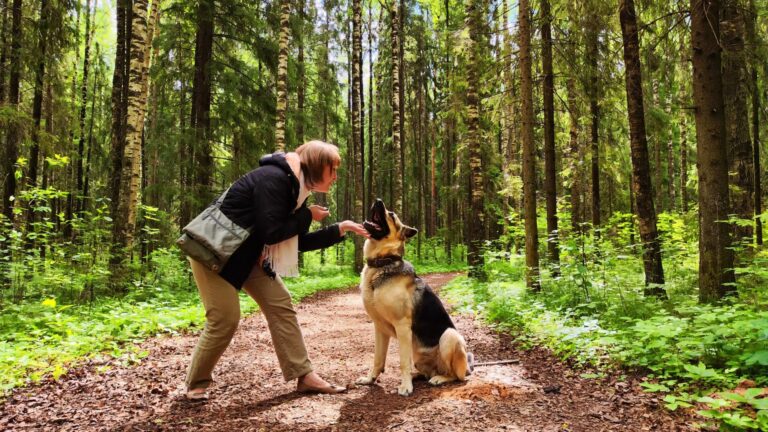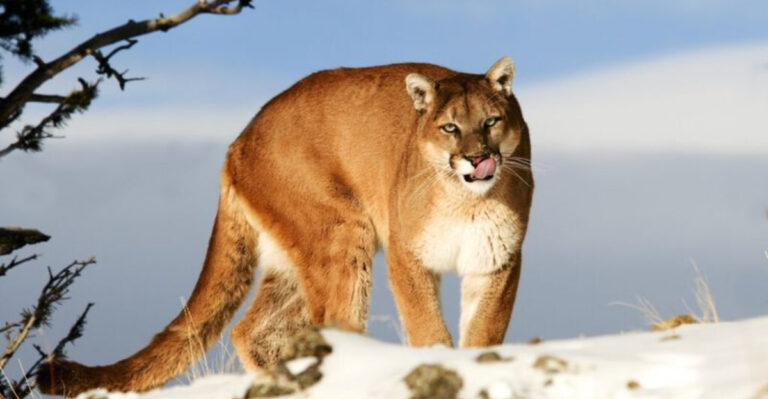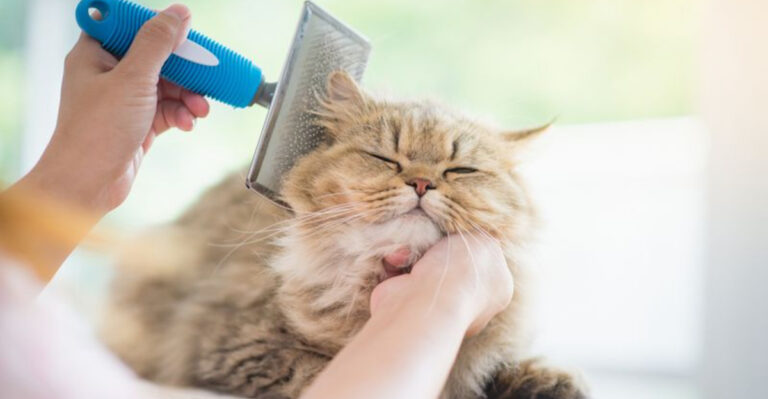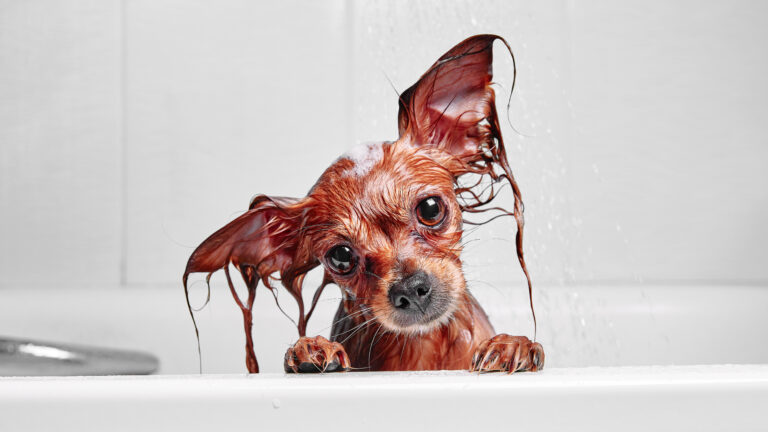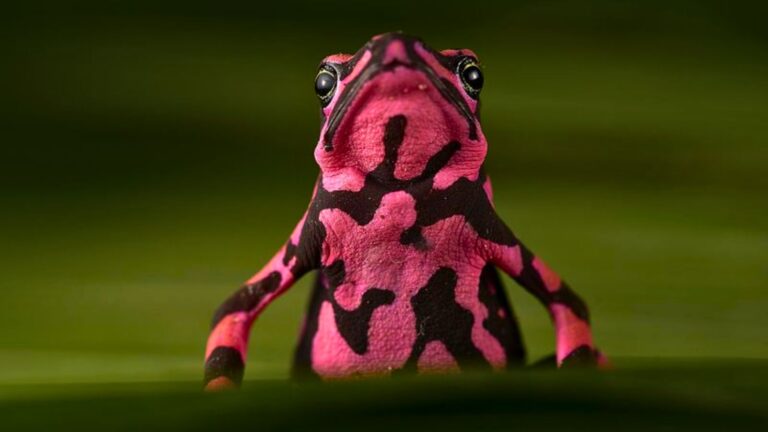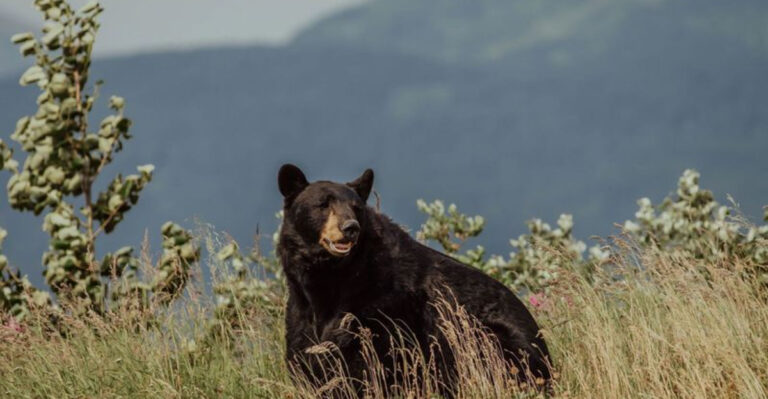Experts Warn That Hybrid Species Formed By Tiny Creatures Could Become A Serious Problem
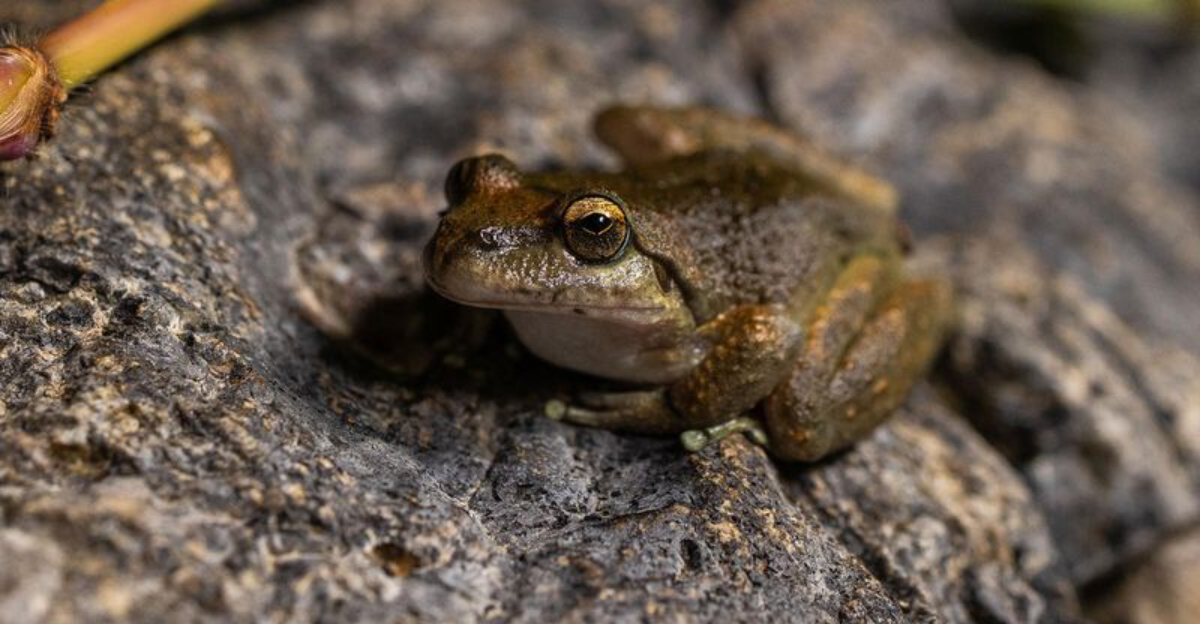
The natural world faces a hidden danger that’s brewing in ponds and streams across Australia. Scientists have discovered that endangered booroolong frogs are interbreeding with their more common cousins, creating hybrid offspring that threaten conservation efforts.
This unexpected mixing of species could permanently alter ecosystems and push already vulnerable creatures closer to extinction.
The Hybridization Threat Remains A Growing Concern
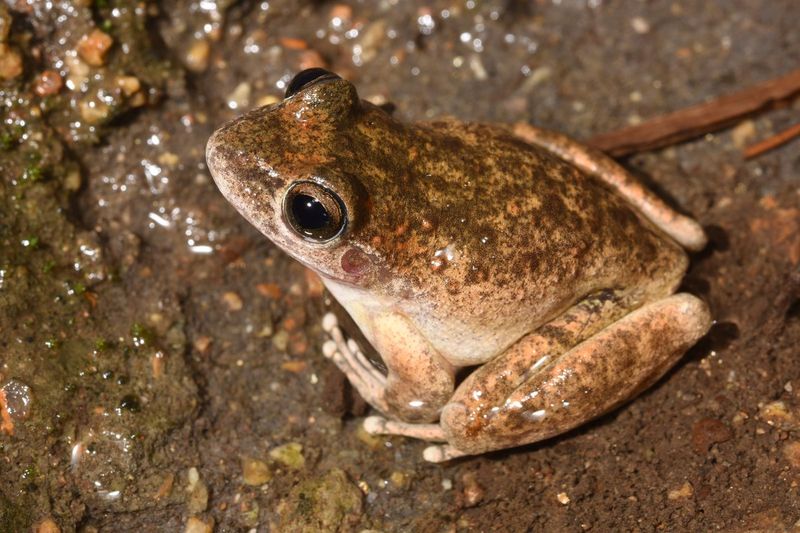
Australian scientists are witnessing a genetic crisis unfold. Endangered booroolong frogs are producing hybrid offspring with common eastern stony creek frogs, diluting the rare species’ gene pool.
This interbreeding threatens decades of conservation work and could ultimately lead to the extinction of these unique amphibians through genetic absorption.
Booroolong Frogs Were Once Thought Extinct
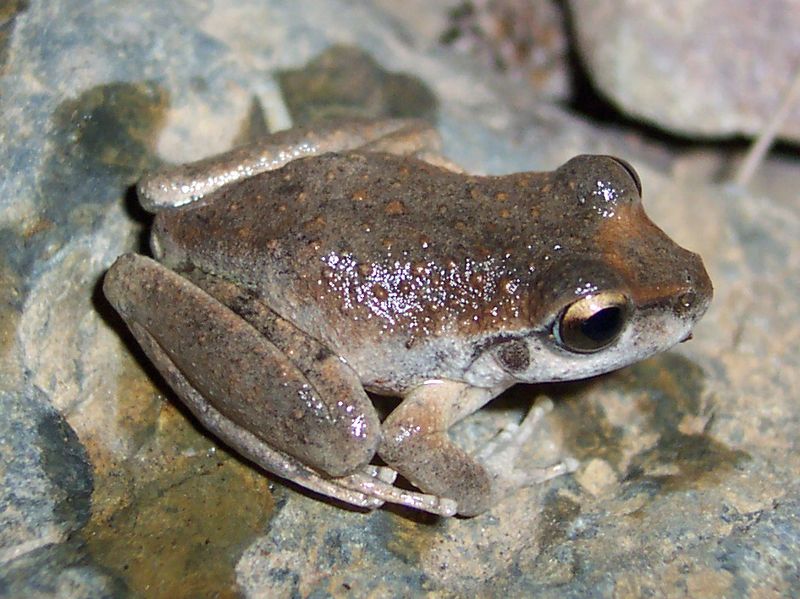
For four decades, these remarkable amphibians vanished from Australia’s waterways. The devastating chytrid fungus nearly wiped them out completely, leaving empty streams where they once thrived abundantly.
Their 2017 rediscovery sparked celebration among conservationists—a second chance that now faces a new threat from genetic dilution through hybridization.
The Role Of Hybridization In Biodiversity Loss
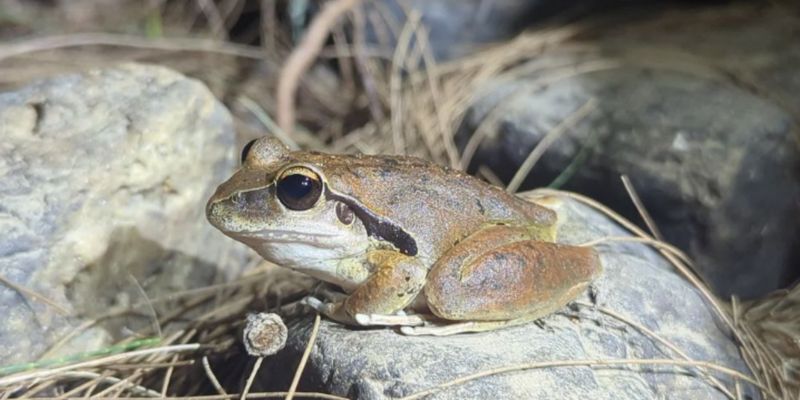
When different species mate, their hybrid offspring carry mixed genetic material. This genetic blending gradually erases what makes endangered species unique—their adaptations, behaviors, and evolutionary history.
For booroolong frogs, each hybridization event chips away at millions of years of evolution, creating a genetic middle-ground that benefits neither species.
The Eastern Stony Creek Frog
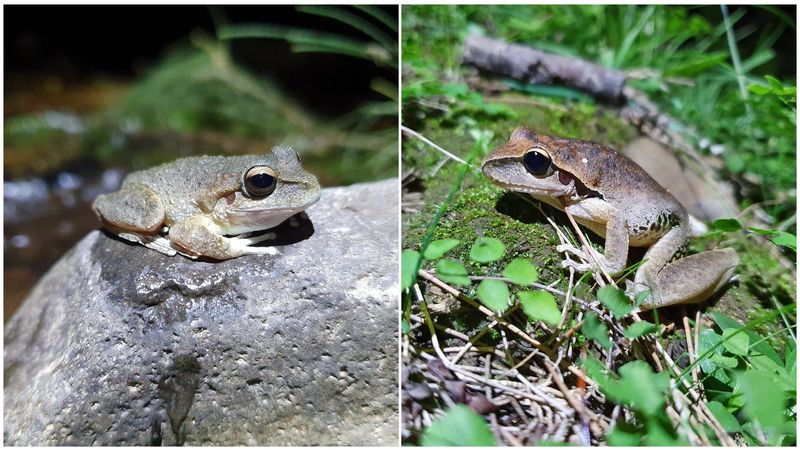
Flourishing throughout eastern Australian watersheds, these resilient amphibians outnumber their endangered relatives hundreds to one. Their success becomes problematic when territories overlap, creating unbalanced breeding opportunities.
Though similar in appearance, these frogs possess different habitat requirements and behaviors—differences that become compromised in hybrid offspring.
How Hybridization Affects Conservation Efforts
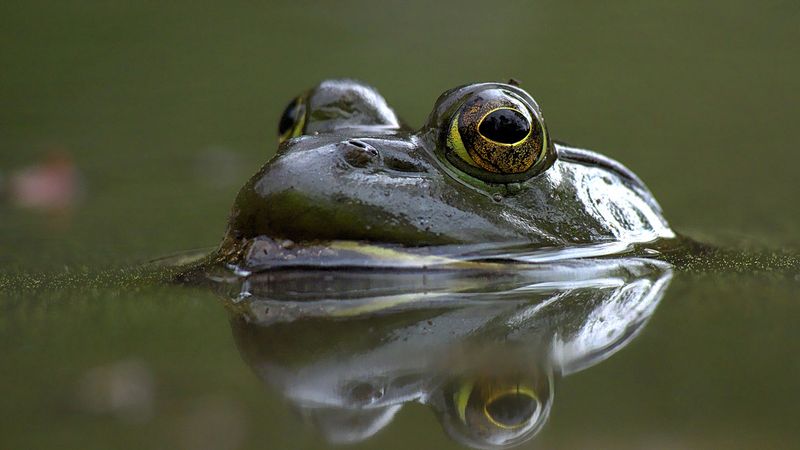
Conservation programs invest millions in protecting genetically pure populations. Hybrid animals confuse these efforts—are they worth saving if they’re no longer fully booroolong frogs?
Breeding facilities must now screen for genetic purity, adding complexity and cost to already challenging rescue operations for these critically endangered amphibians.
Genetic Testing And Its Role In Identifying Hybrids
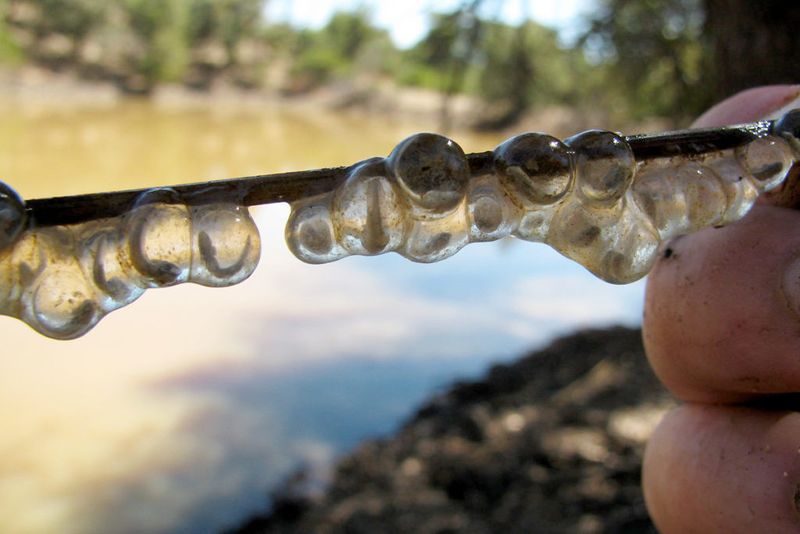
Modern DNA analysis has revolutionized hybrid detection. Scientists can now identify mixed-species frogs from just a tiny skin swab, revealing hybridization events previously invisible to field researchers.
These genetic fingerprints map the extent of interbreeding across watersheds, helping conservationists target areas where pure populations still exist.
The Ecological Implications Of Hybrid Species
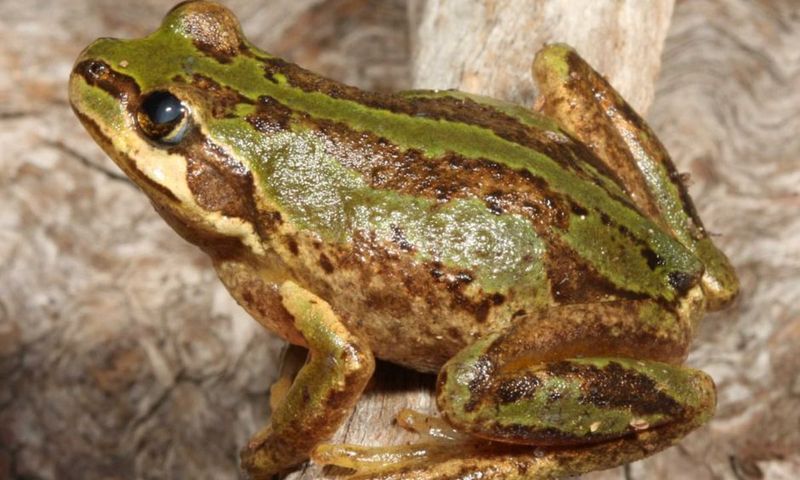
Hybrid frogs often struggle with ecological confusion—their mixed genes create conflicting instincts about breeding times, habitat selection, and predator responses. Many hybrids show reduced fertility or survival rates in the wild.
Ecosystem functions like insect control may falter as these confused amphibians fail to fill the specialized roles of their parent species.
The Challenge Of Managing Hybridization In The Wild
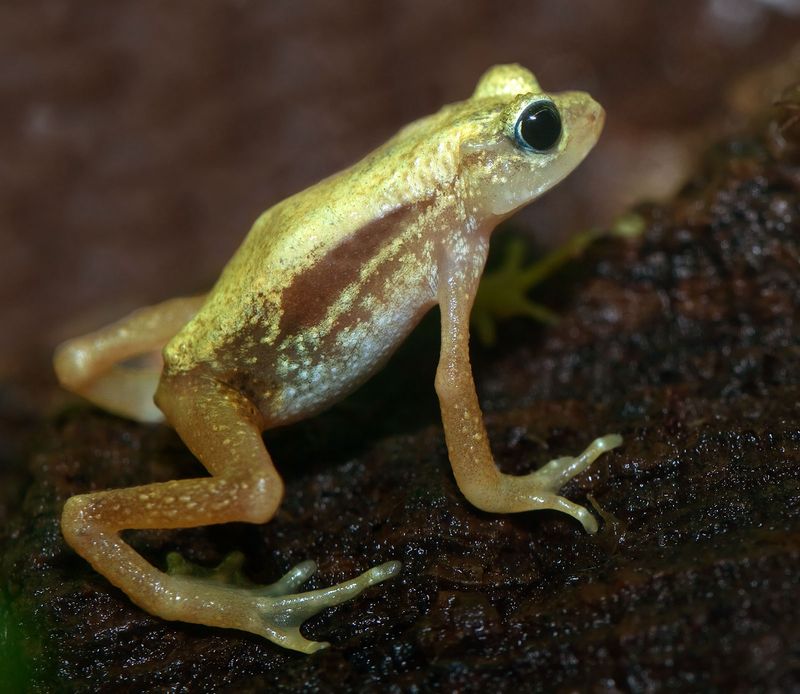
Stopping wild frogs from interbreeding presents nearly impossible challenges. Unlike zoo animals, these tiny creatures slip through barriers and find mates across vast watersheds.
Conservationists must make difficult decisions about removing hybrids from wild populations—an ethical dilemma balancing individual animals against species preservation. Some areas may require complete separation of species.
Efforts To Prevent Hybridization In Australia
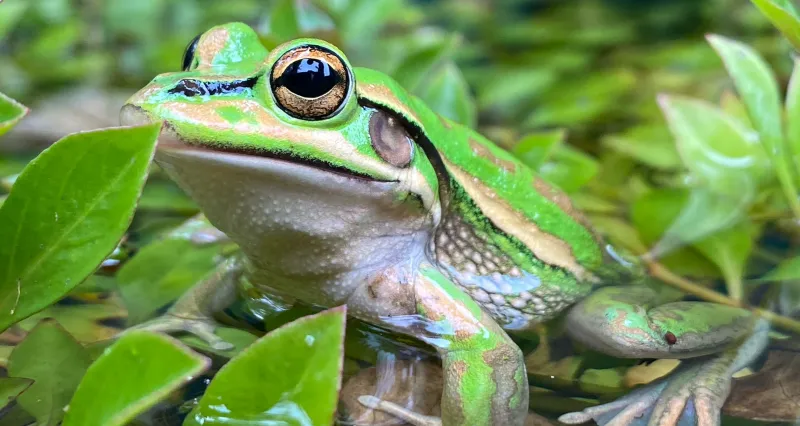
Innovative solutions are emerging from this crisis. Researchers have created “pure population sanctuaries” where eastern stony creek frogs are systematically removed to create safe breeding zones.
Captive breeding programs maintain genetic purity through careful selection. Meanwhile, acoustic monitoring helps identify areas where mating calls from both species overlap—signaling hybridization hotspots.
The Broader Impact Of Hybridization On Global Conservation
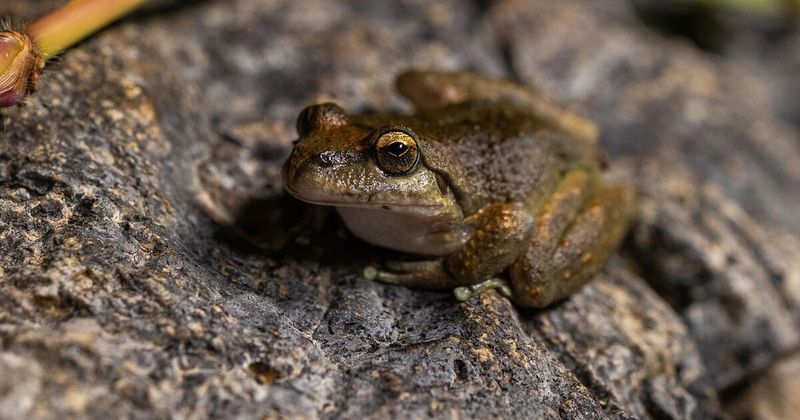
Australia’s frog crisis serves as a warning for conservation worldwide. Similar hybridization threatens polar bears mixing with grizzlies as Arctic ice melts, and endangered salmon encountering hatchery-raised relatives.
As habitats shrink globally, once-separated species increasingly meet and mate, creating what scientists call “extinction by hybridization”—a silent biodiversity crisis unfolding across continents.

